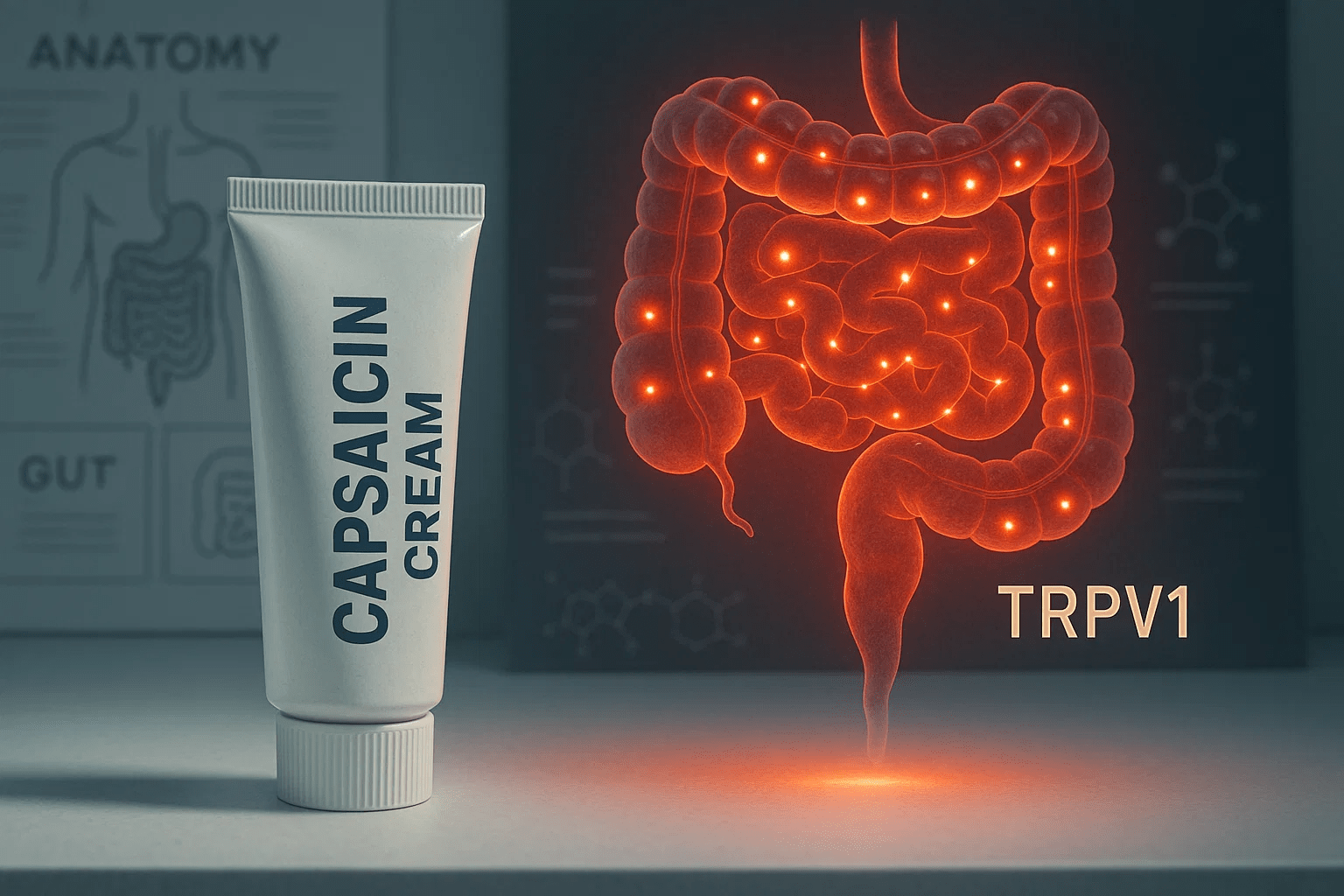1. The Undisputed Champion: Complete Cannabis Cessation
- Effectiveness: This is the only known cure for CHS. Period.
- Why it Works: CHS is triggered by chronic, heavy cannabis use overloading your body's systems. Removing the trigger (all forms of cannabis – flower, edibles, vapes, concentrates, everything) allows your body to slowly reset and heal. Symptoms gradually subside and eventually resolve completely once cannabis is out of your system.
- What to Expect: Recovery takes time (days to weeks, sometimes longer), but symptoms will improve after stopping. This is the fundamental, non-negotiable step for long-term CHS relief.
- Keywords: Cannabis cessation CHS, stop cannabis CHS, quitting cannabis CHS, CHS cure, permanent CHS relief
2. The Go-To Comfort Measure: Hot Showers or Baths
- Effectiveness: Highly effective for temporary symptom relief during an acute CHS episode for many sufferers.
- Why it Works (Theory): It's believed that intense heat strongly activates TRPV1 receptors in the skin. Since these receptors are also implicated in the gut issues of CHS, the strong heat signal might "override" or desensitize the nausea/pain signals temporarily.
- How to Use: Many find near-scalding temperatures necessary. Provides relief only while under the heat.
- Important Note: This is a coping mechanism, not a cure. It doesn't fix the underlying CHS. Be careful to avoid burns!
- Keywords: Hot showers CHS, hot baths CHS, heat relief CHS, temporary CHS relief, CHS symptom management
3. The Topical Alternative: Capsaicin Cream
- Effectiveness: Moderately effective for temporary symptom relief for some individuals, acting similarly to hot showers.
- Why it Works: Capsaicin (from chili peppers) also strongly activates TRPV1 receptors. Applying it topically to the abdomen creates a heating/burning sensation that can distract from or potentially modulate the nausea and abdominal pain signals from the gut.
- How to Use: Apply a small amount to the skin over the stomach. Test sensitivity first! Wash hands thoroughly after use.
- Important Note: Like hot showers, this provides temporary comfort and doesn't cure CHS. It can cause skin irritation.
- Keywords: Capsaicin cream CHS, topical CHS relief, CHS abdominal pain relief, TRPV1 CHS
4. Essential Crisis Management: Supportive Care (Including Hospitalization When Needed)
- Effectiveness: Crucial for safety and stabilization during severe CHS hyperemetic episodes.
- What it Involves: This isn't one specific "treatment" but rather essential care:
- IV Fluids: To combat the severe dehydration and electrolyte imbalances caused by persistent vomiting. This is often the most critical intervention in an ER setting.
- Anti-Nausea Medications: Standard meds (like Zofran) often fail, but doctors might try others like Haldol (haloperidol) or benzodiazepines (like Ativan) under supervision.
- Pain Relief: Medications to manage severe abdominal pain.
- When it's Needed: If you have uncontrollable vomiting, can't keep fluids down, show signs of severe dehydration (dizziness, confusion, no urine), or vomit blood – seek immediate medical help.
- Keywords: Severe CHS treatment, CHS emergency care, IV fluids CHS, dehydration CHS, hospital treatment CHS
5. Foundational Support: Aggressive Rehydration (Oral When Possible)
- Effectiveness: Absolutely vital for recovery and preventing complications, whether at home (if tolerated) or in the hospital.
- Why it Works: Vomiting rapidly depletes fluids and essential electrolytes (like potassium and sodium). Replacing these is key to feeling better and supporting organ function (especially kidneys).
- How to Do It:
- If Tolerated: Sip tiny amounts of clear fluids frequently (water, broth, electrolyte drinks like Pedialyte). Sucking on ice chips can help.
- If Not Tolerated: This points back to needing IV fluids (See #4).
- Important Note: Consistent hydration efforts support the effectiveness of all other measures and are fundamental to CHS recovery.
- Keywords: Hydration CHS, rehydration CHS, electrolytes CHS, Pedialyte CHS, managing CHS at home

